Some firearms have an aura of mystique that is imparted to them at some point in their history for a variety of reasons. They’re guns that people the world over can identify simply by sight, and hearing their name instantly conjures up images of it. The Luger pistol is one of those guns, and that mystique is alive and well despite the design being a century and a quarter old.
Improving the Borchardt
By the 1890s, Luger was working on arms development. His pistol design began with the C/93 semi-automatic pistol designed by Hugo Borchardt. The US Navy tested C/93, serial number 649, in 1897 and 1898 but ultimately rejected it due to shortcomings at long distances.
While Luger’s creation was certainly a departure from the C/93, Georg wasn’t looking to reinvent the wheel if he didn’t have to do so. For example, he kept the toggle-locking action but redesigned the mechanism to the rear of the grip, which housed the mainspring. This, along with angling the grip, made for a better-balanced gun.
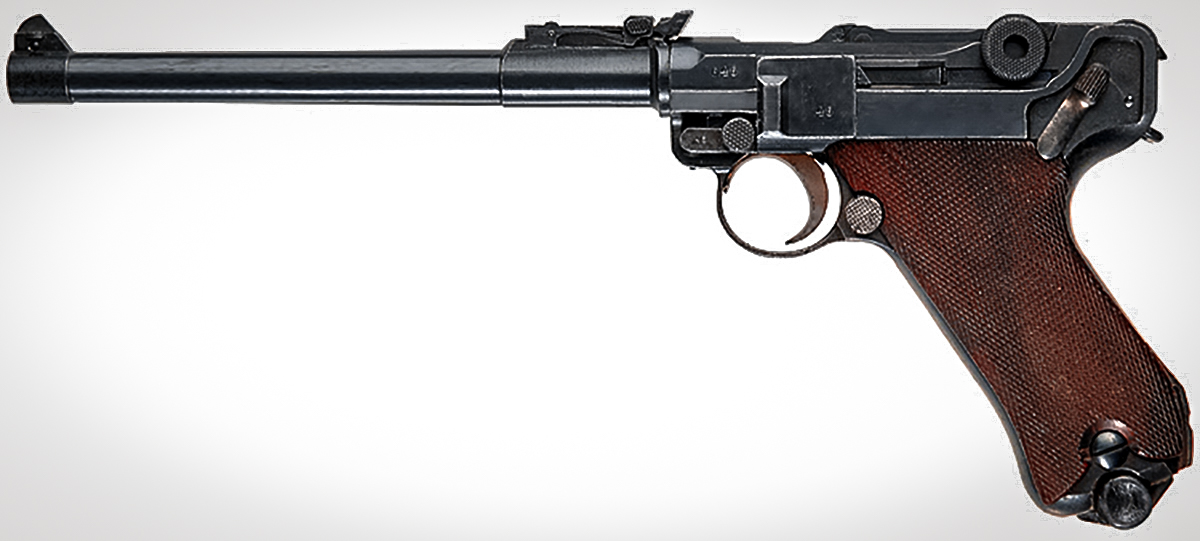
Luger also changed the ammo for the gun. By making the cartridge slightly shorter, he was able to make the gun’s grip narrower. This new cartridge, the 7.65x21mm, would eventually become known as the .30 Luger in the United States.
Loewe & Company, Georg’s employer, sought a military contract for this new pistol, which was known as Pistole Parabellum. Switzerland adopted the gun in 1900, and it even participated in the US pistol trials that ultimately led to the adoption of Browning’s M1911 design.
On May 21, 1903, Georg visited Springfield Armory and brought with him a prototype Model 1902, serial number 10069B, in his own cartridge: the 9x19mm. Undeterred by rejection in the United States, Luger soldiered on.
The Luger P08 Pistol is Born
More design tweaks led to the Model 1904 being adopted by the German Navy and, eventually, the German Army, where it gained the P.08 designation. Luger’s pistol served as the official German sidearm during World War I.
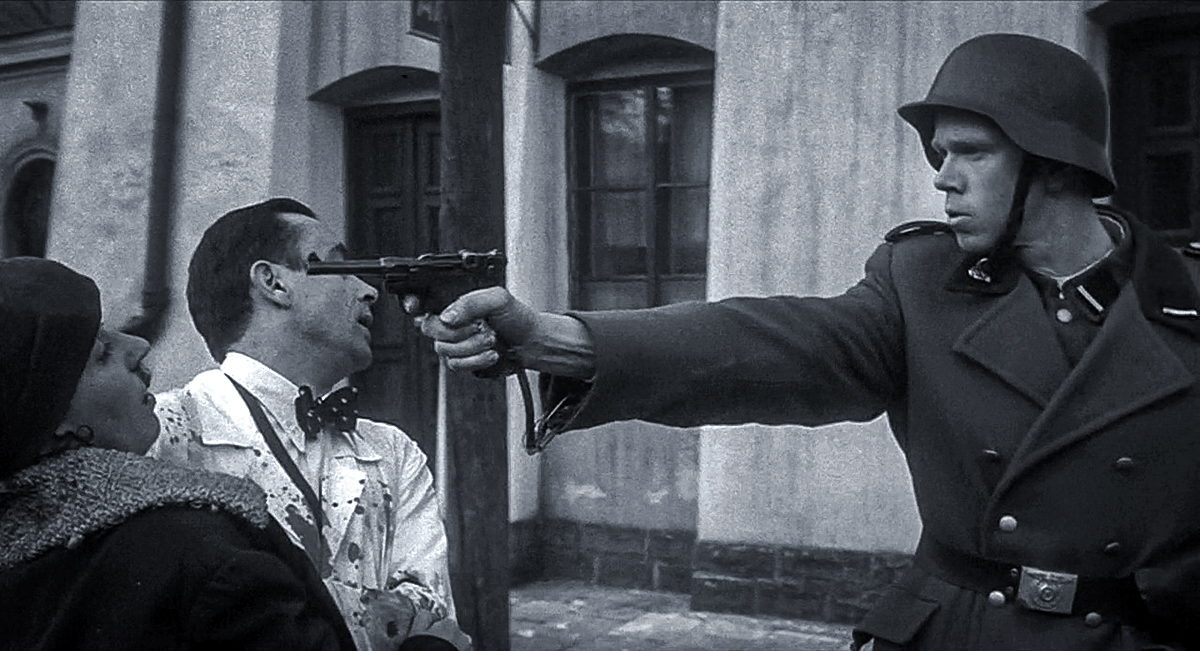
Despite being a bit finicky in the dirty environs of trench warfare, the P.08 proved to be a reliable gun that gave the Germans a leg up on the enemy’s revolvers and even some of the semi-autos; the P.08 held one more round than the M1911.
Most people think of Lugers with their standard 3.9” barrels, but a longer version sporting a 7.9” barrel, detachable shoulder stock, and a 32-round “snail” drum magazine became known as the Artillery Model.
In the brief period before water-cooled machine guns were adapted to air-cooled designs for use in early airplanes, these longer Lugers went along for the ride in countless cockpits.
Even though stipulations from the Treaty of Versailles and the Nazi Party’s rise to power in the post-WWI period led to greatly reduced production, the pistol soldiered on. Large numbers of the P.08 were purchased by China, Finland, Holland, and Sweden.

These export sales, along with the German commercial market, helped keep the Luger’s legacy alive through the 1920s and 1930s.
Then, in 1938, the P.08 was replaced by a more modern design: the P38, designed by Carl Walther. Still, the gun continued to see combat with the Germans during World War II. Despite being eclipsed by a more robust and simpler firearm, the P.08 had gained a foothold in the hearts of German soldiers.
Its reputation during World War I had preceded it, and countless Germans went into battle during the 1940s with a Luger in their holster.
Because the P.38 had officially replaced the P.08, the last German delivery of new Luger pistols was completed in November 1943.
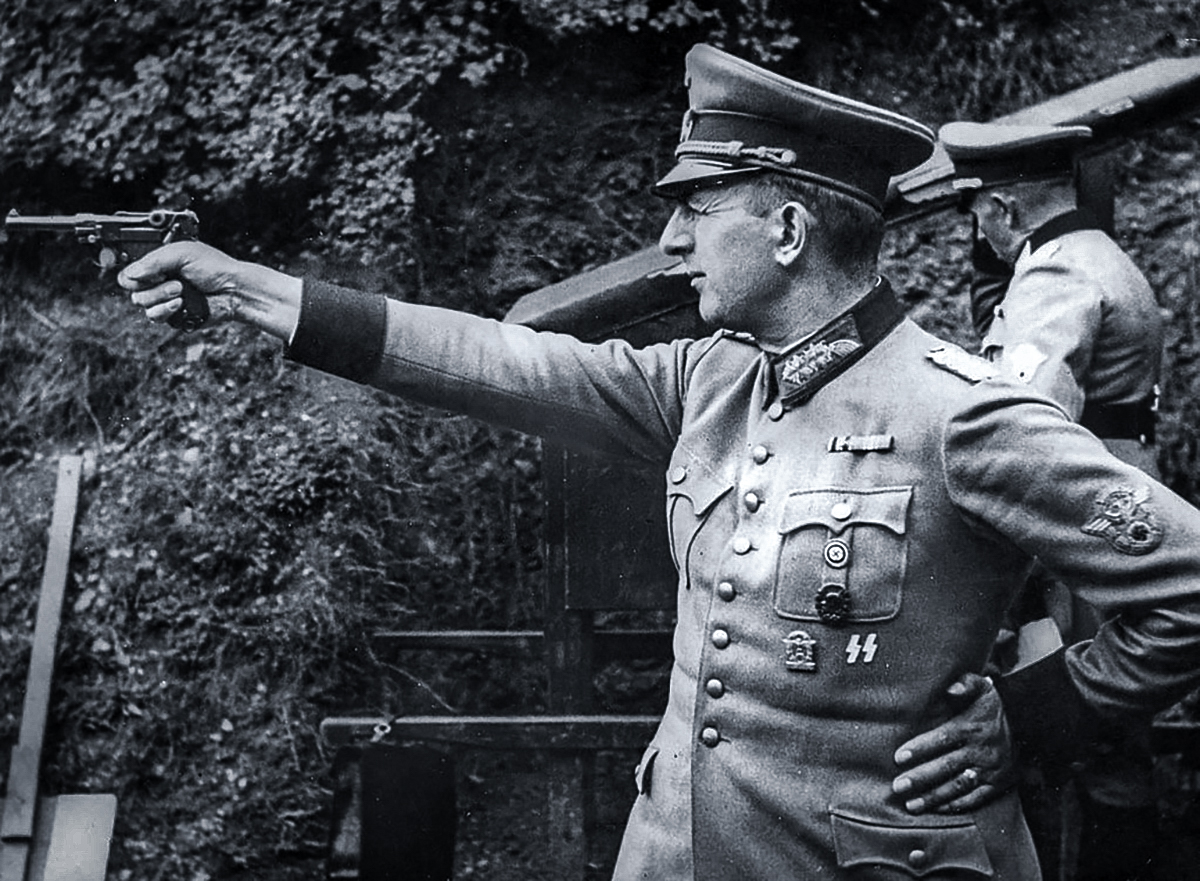
While no country was officially using Georg’s design in any large, official capacity after World War II, the gun still remained popular and influential. Production continued after the war in various factories using new-old-stock and newly-made parts by the French, Soviets, and the Swiss.
Mauser restarted production of the Luger in 1969 and continued it for the next 15 years. After production ceased, they still had enough parts on hand to keep making and selling brand new guns into the 1990s.
The Man Behind the Luger Pistol
As the creator of both the iconic semi-automatic pistol known the world over simply by his own name, and the driving force behind the development of the 9x19mm Parabellum cartridge, Georg Luger’s life and achievements left an indelible mark on the arms industry.
Born in 1849 in Austria, Luger’s father was a surgeon. The family moved to Italy where his father took a teaching job. When it came time to go to “college,” Georg attended what is today known as the Vienna Business School. At age 18, he volunteered for military service where his keen eye for shooting made him a marksmanship instructor. After completing his military service, Luger became an accountant.
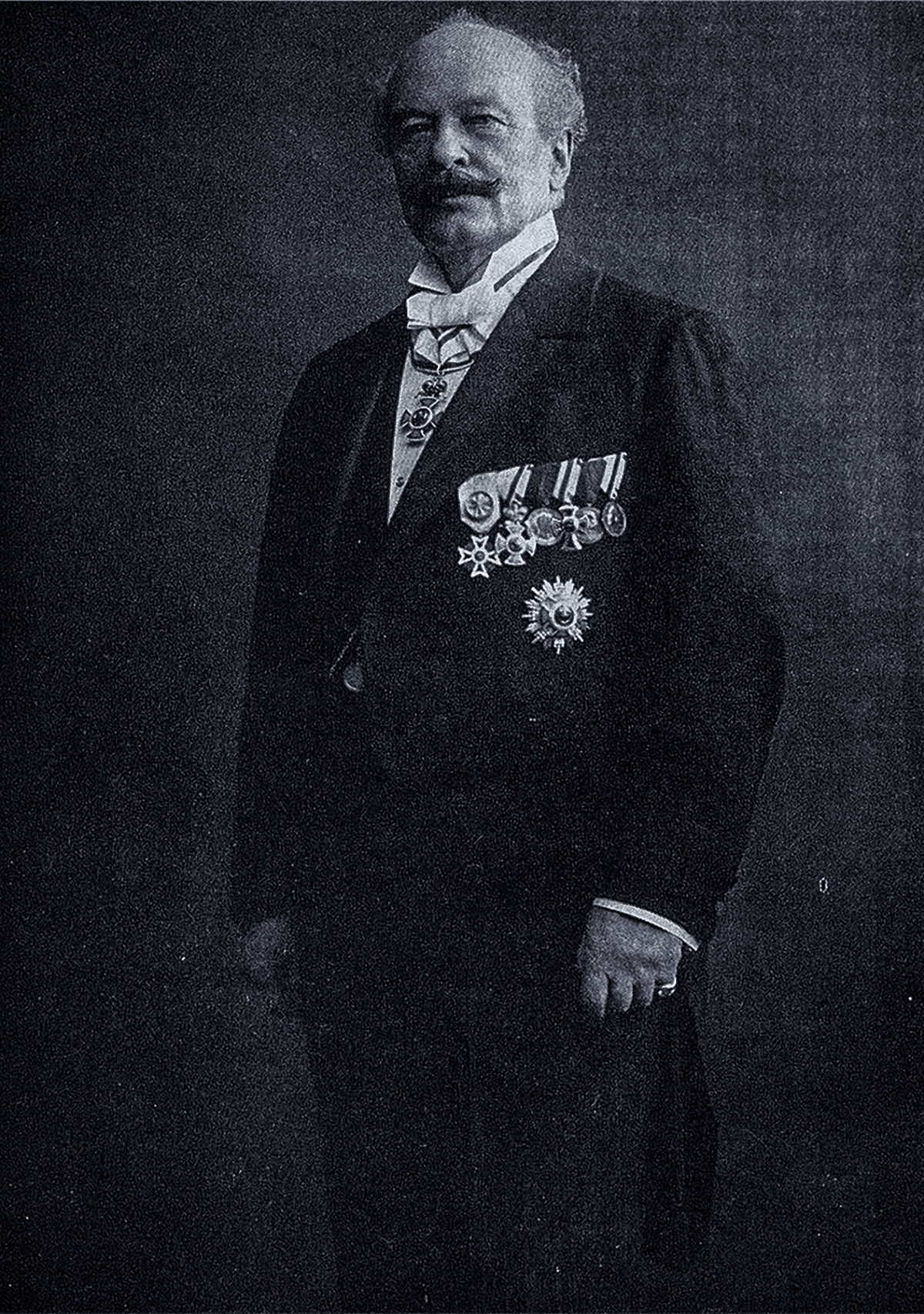
Here, his story would likely have remained had it not been for his meeting Ferdinand Ritter von Mannlicher around 1875. The two collaborated on rifle magazine designs. This brought his interest back to arms and away from accounting.
When he died at the age of 74 in December 1923, Georg Luger had managed to create a pistol that was already recognized the world over simply by his last name. Beyond that, he also linked his name to one of the most popular cartridges of all time.
Iconic Design, Iconic Examples
Well north of one million Luger pistols were made during the gun’s lifetime, but there are some examples of this iconic design that are iconic in their own right. Here’s just a few:
Engraved & Carved Presentation Luger Pistol by Krieghoff
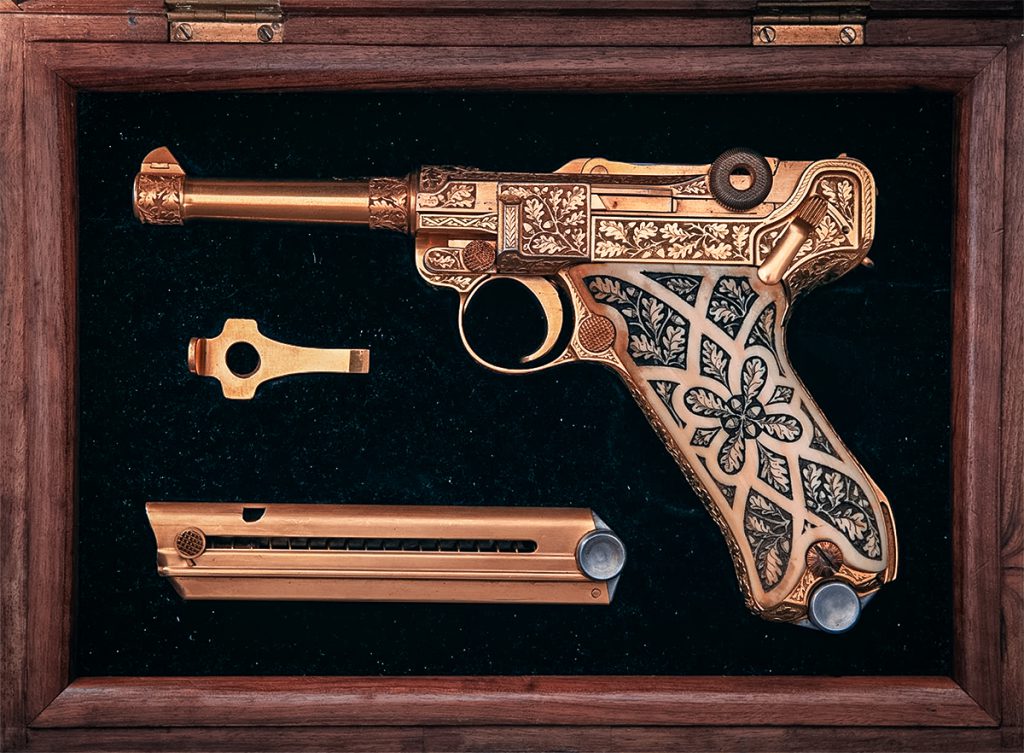
Factory engraved, gold plated, and fitted with carved ivory grips, this P.08 is said to be only one of three guns ever decorated as such by Krieghoff at the factory. It is believed that all three were either made for Herman Goering himself or made for Goering to be used as gifts to other Nazis.
Cartridge Counter Luger PIstol by DWM
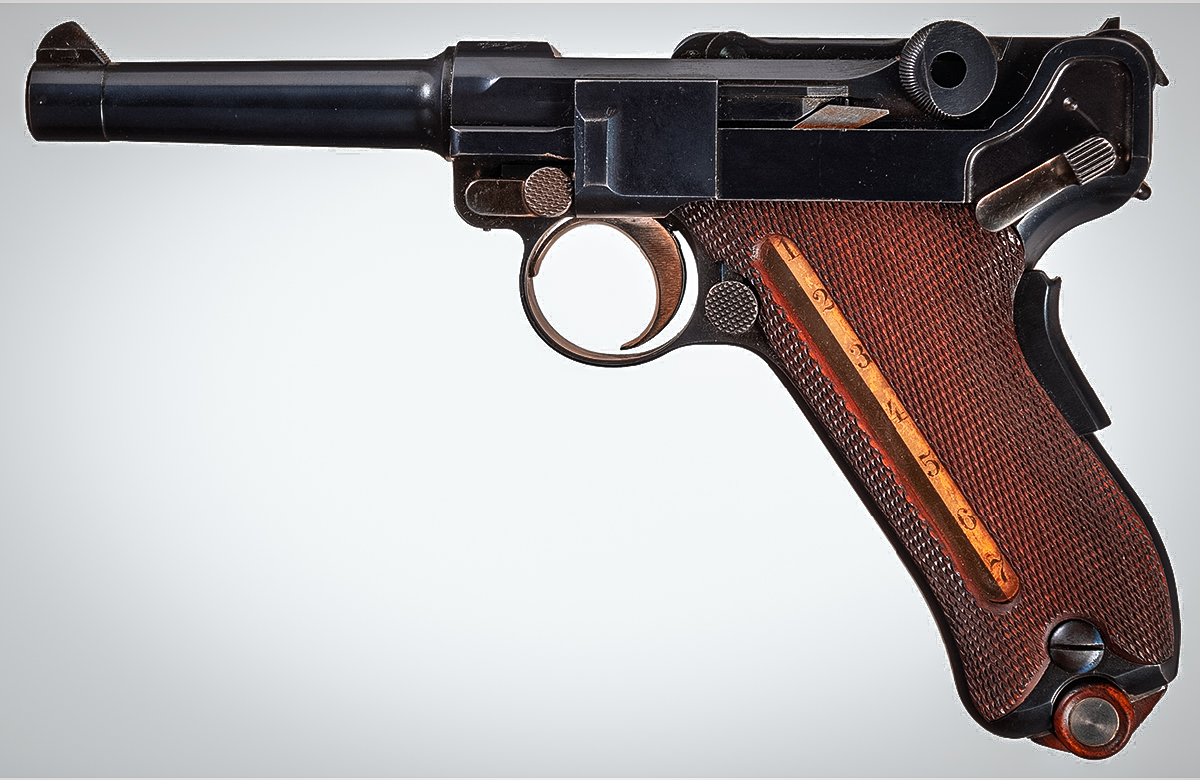
Only 50 examples of the Luger Model 1902 were made with cartridge counters in the grip. Created for US military trials, the gun was not adopted.

Just two examples of Luger P.08 pistols were originally built in .45 ACP for US military trials. Serial numbered 1 and 2, it is believed that number 1 was destroyed in testing and number 2, which survives, was kept in reserve as a backup gun for the tests that was not needed.
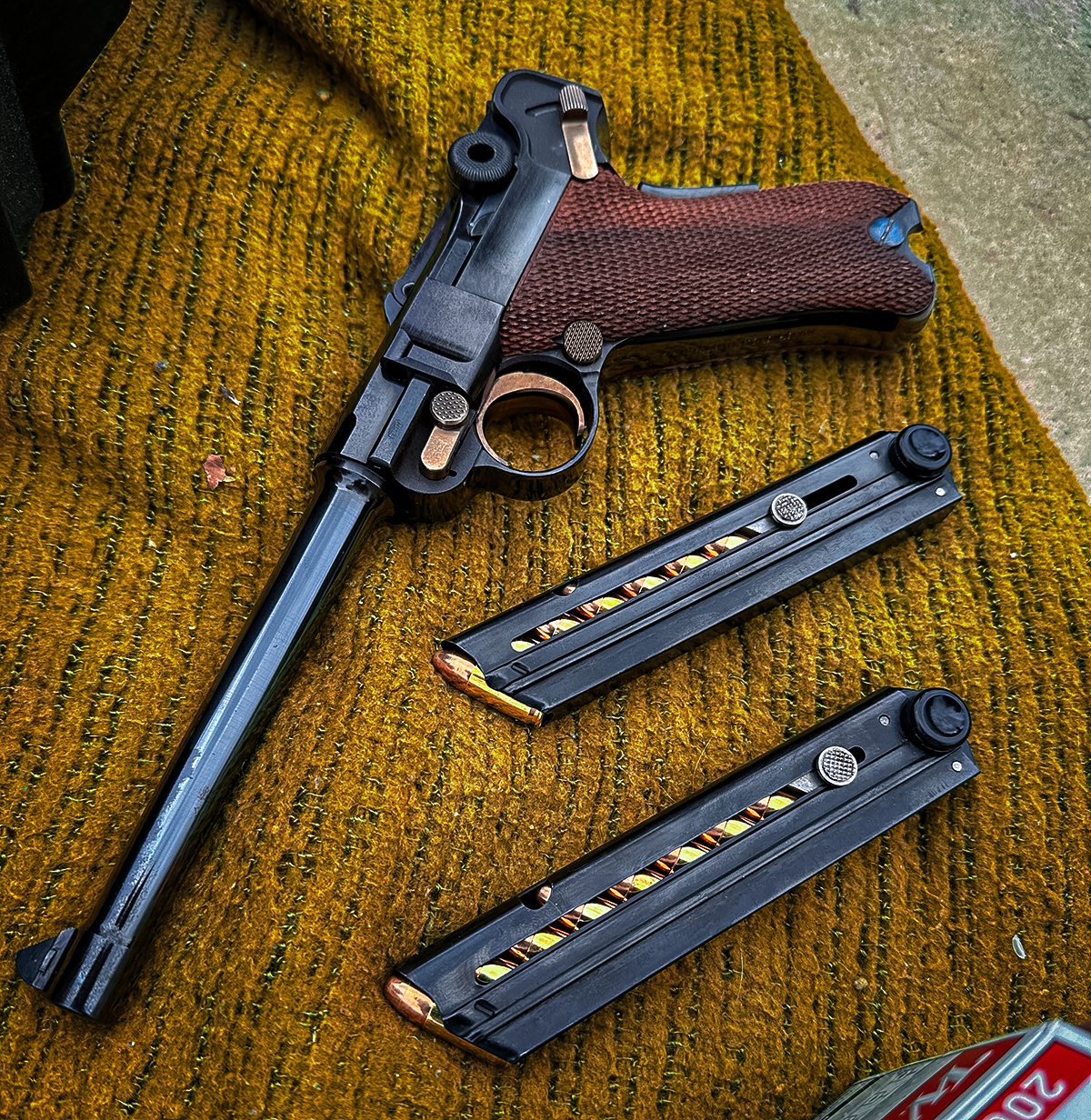
This pistol was imported by Interarms for the U.S. market in the early 1970s and was one of the last Luger pistols every produced. This particular example is sporting a 6-inch barrel.
RELATED – The Sh*tbox Winchester Shotgun Folks Called ‘The Widowmaker’
Captured and Collected
For as long as there has been war, there have been war trophies. Firearms are one of the most common throughout history, and the P.08 was no exception. Plenty of Allied soldiers in both world wars actively sought out the iconic German pistol as the ultimate souvenir.
Today, these so-called trophy guns are highly sought after in the gun-collecting community. If a specific gun retains its provenance and is accompanied by the appropriate trophy paperwork that allows the capturing soldier to bring the gun back to the States legally, the value is greatly increased.
Still Making History
In Colombia in 2021, a mugger was arrested and found to be carrying a P.08 that was worth far more than the cell phone he was trying to steal.
Georg Luger couldn’t possibly have known the impact that his pistol would have on world history. He’d probably be even more surprised to know that the P.08 is still incredibly popular a full century after his death and that the guns he designed are still being used to this day.
READ NEXT – Carcano Rifle: The Most Infamous Bolt Gun in U.S. History







Comments